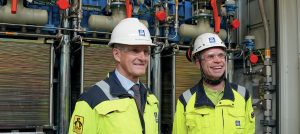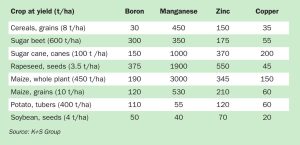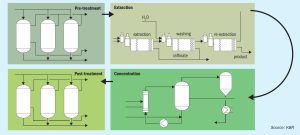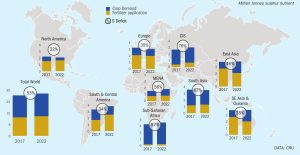
A meeting of curious minds
The fertilizer market is full of contradictions and caveats. What applies to some markets is irrelevant to others, seasonality trends can be thrown off track by a single tender or government decision, and we remain at the often shaky intersection of food, energy and mining market fundamentals.









